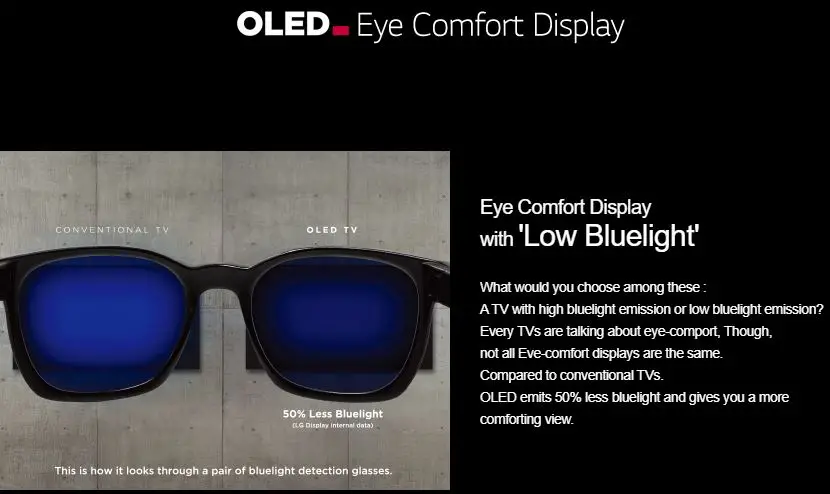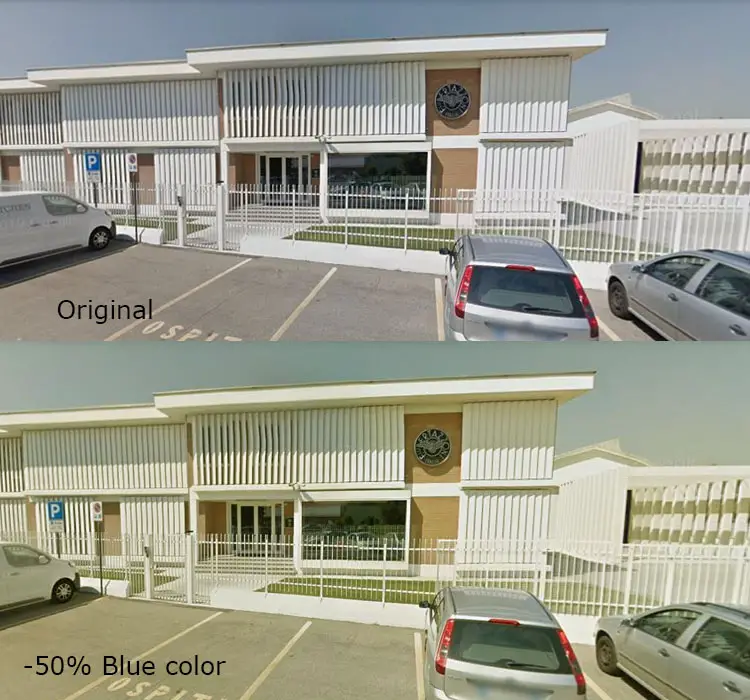LG Display highlights a key feature of its OLED technology: a 50% reduction in blue light emission compared to traditional displays. This claim, featured on the LG Display website, might raise questions — does the OLED screen actually use less blue color, and if so, why is that considered a benefit?
Blue light is known for its short wavelength and high energy, making it one of the most visually fatiguing colors. Because it is more difficult for the human eye to process, blue can cause glare and discomfort, especially during prolonged viewing. This is why blue light is often minimized in applications like automotive dashboard lighting, where warm tones like orange are favored for their reduced visual strain.

The Role of Blue in OLED Displays
In OLED TVs, each pixel typically consists of red, green, blue, and sometimes white subpixels. White subpixels help boost overall screen brightness, while the RGB components create the full color palette. If blue intensity were reduced by 50%, the resulting white would shift toward a warmer tone — such as beige or light yellow — instead of a pure neutral white.
However, due to the way our eyes perceive color, especially blue, this reduction does not drastically alter the viewing experience. The image may appear slightly warmer, but not unnaturally so. In fact, many viewers might find this shift more comfortable and less harsh, especially in low-light environments.

Longevity and Engineering: Why Less Blue is Better
From an engineering perspective, blue organic LEDs (OLEDs) have the shortest lifespan among all colors — typically around 25,000 hours. Blue subpixels degrade faster than red or green due to their higher energy output and greater stress on organic materials.
To combat this, OLED TV manufacturers — like LG — often reduce the brightness of the blue subpixels to slow degradation. This isn’t just a health or comfort feature; it’s a practical decision to extend the lifespan of the display panel. Additionally, OLED TVs include white balance settings that allow users to adjust the color output over time as the panel ages. This ensures color accuracy and compensates for any natural shift in the display’s tone.
So while the 50% reduction in blue light is positioned as a visual comfort benefit, it also serves an important role in maintaining the performance and longevity of the screen — a smart blend of health-conscious design and engineering foresight.





